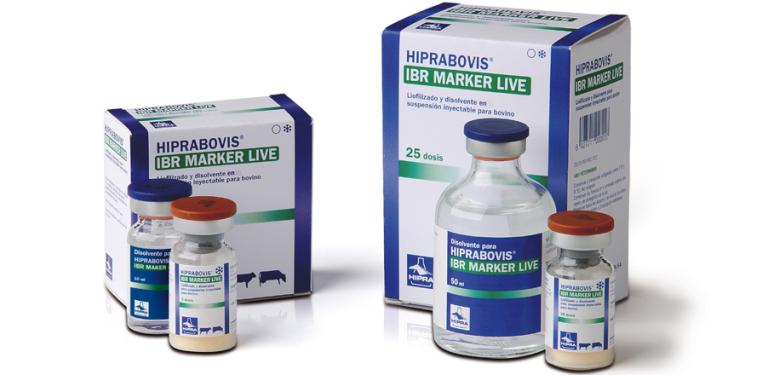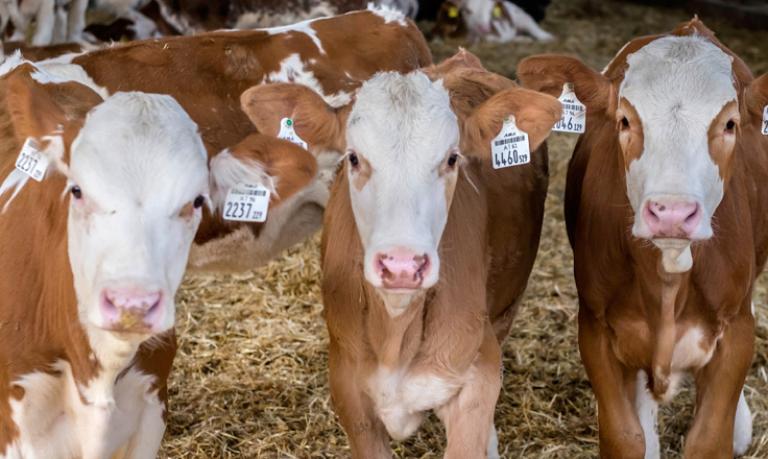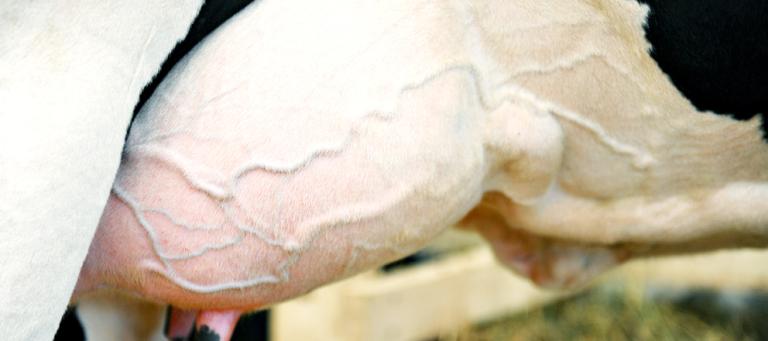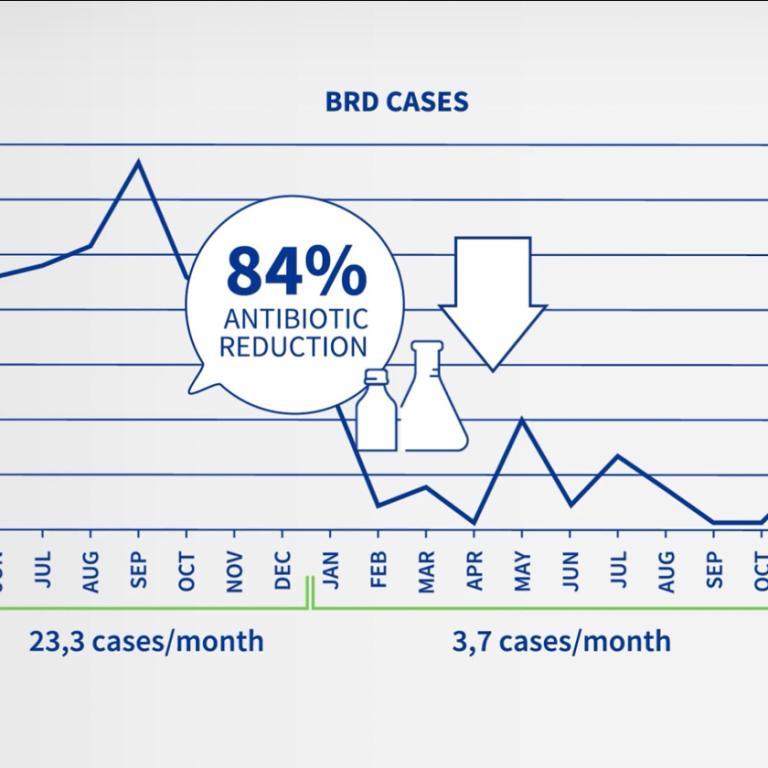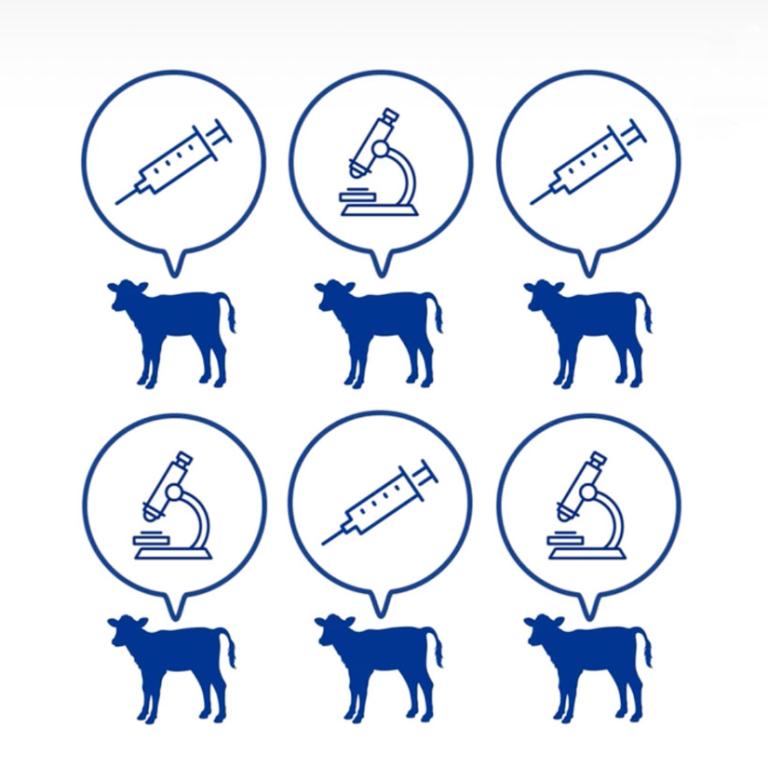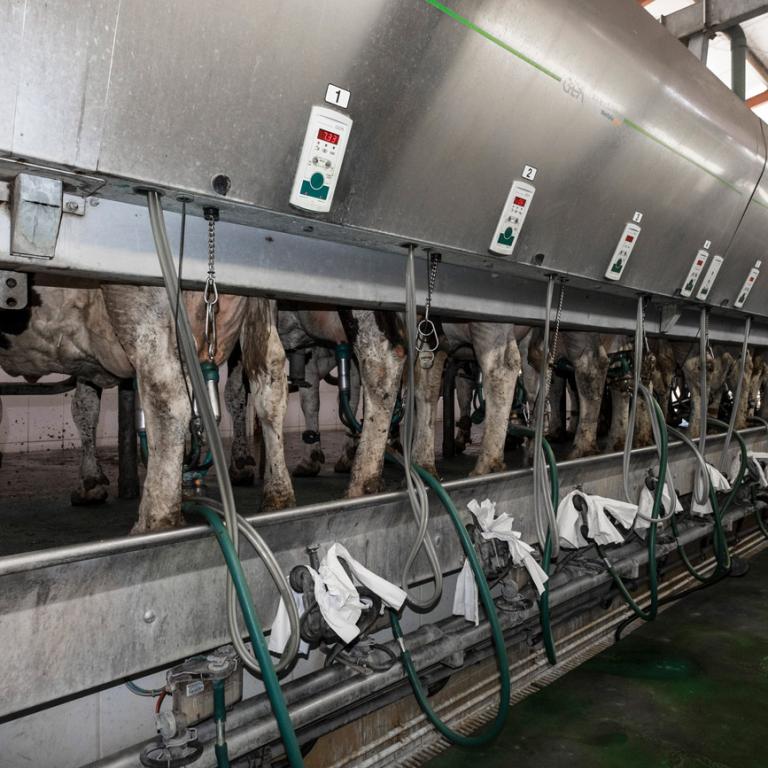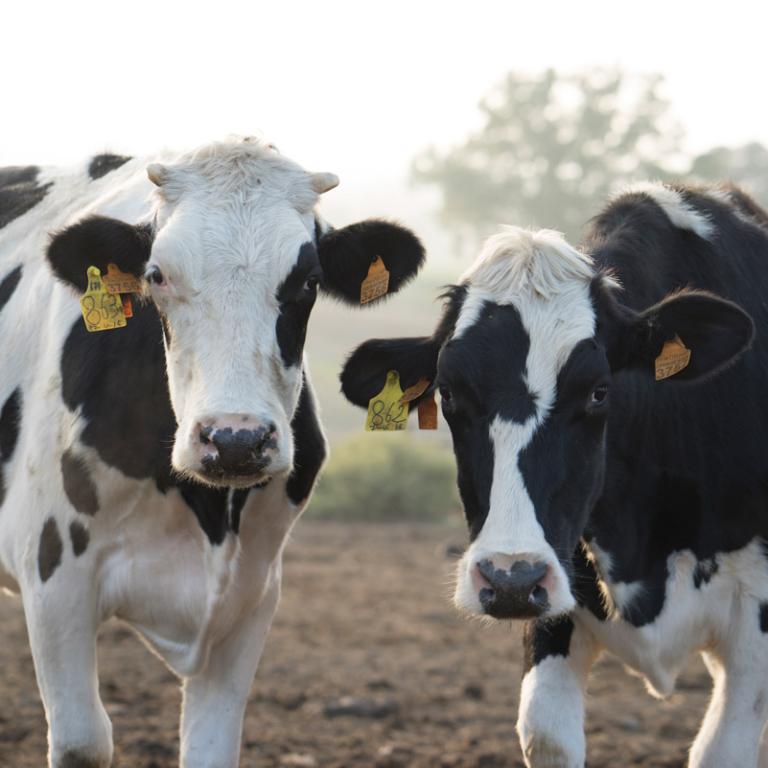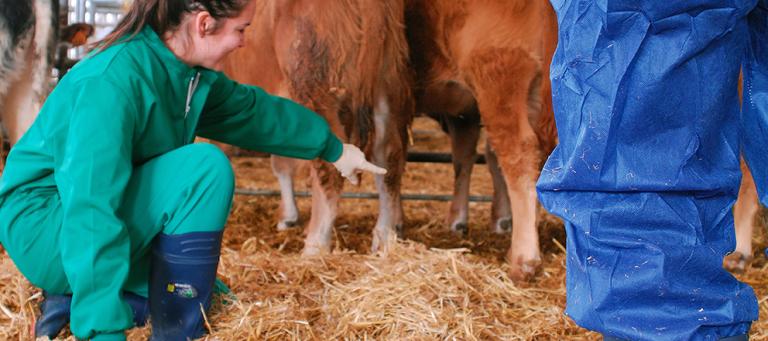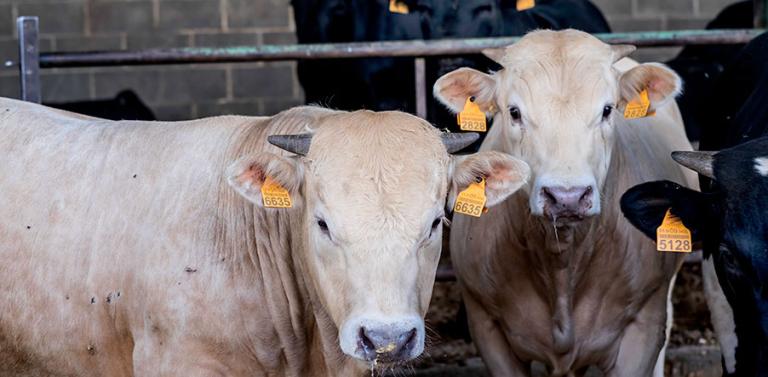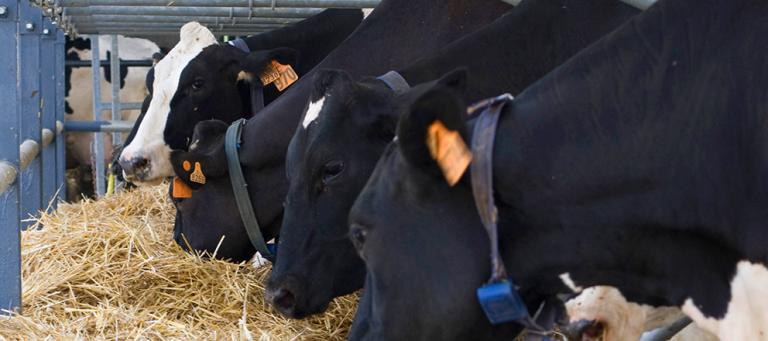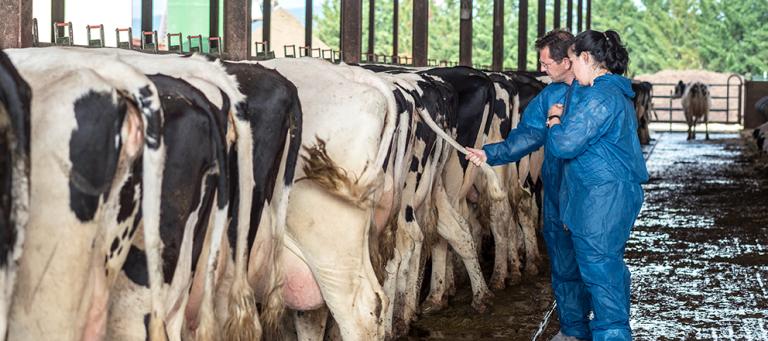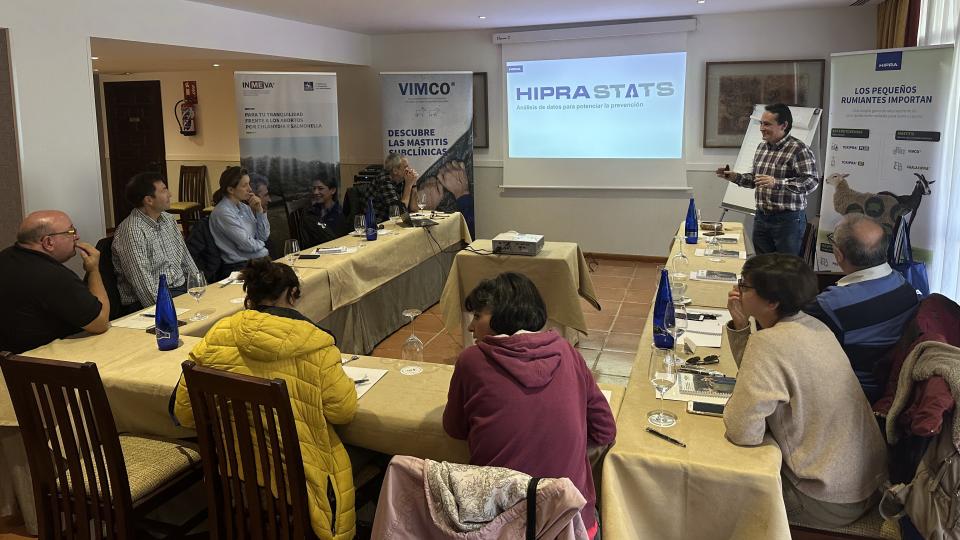Infection with Bovine Respiratory Syncytial Virus (BRSV) is the major cause of Bovine Respiratory Disease (BRD) in calves during their first year of life. Their exposure to the disease is estimated at above 50% worldwide in both dairy cattle and beef cattle herds.
BRSV belongs to the genus Pneumovirus, a single-strand RNA virus. This virus can act as a primary pathogen or predispose the calf to secondary bacterial infections such as Mannheimia haemolytica, Histophilus somni, Pasteurella multocida and Mycoplasma bovis.
Transmission can occur directly, via aerosol droplets or direct contact with an infected animal, or indirectly through contaminated surfaces. The incubation time is usually between 2 and 5 days and the infection involves the upper respiratory tract, or both the lower and upper ones.
Depending on the virulence of the virus, clinical signs can range from mild to severe. The most common are: tachypnea, serous ocular secretions, dry mouth, reduced activity, anorexia, fever up to 40°C, dyspnoea and death. Signs appear at the time of infection and continue for about 7-10 days post-infection. It can also occur in a subclinical form, in which case the animals usually experience loss of appetite, reduced activity and decreased weight gain.
The diagnosis can be performed through different techniques such as immunofluorescence, immunohistochemistry or PCR. The last of these has a considerably higher sensitivity and specificity compared to the other ones. Samples can be taken from the areas presenting secretions or from the lungs, although BRSV may be difficult to isolate and identify in samples from tissues.
Humoural immunity plays an important role in the defence of the calf against BRSV. Maternal antibodies provide some protection, but not complete protection. To prevent the disease, it is necessary to combine good management of the herd to prevent stress factors with effective vaccines against BRSV. Modified-live vaccines have shown efficacy in the prevention of this virus. However, there have been cases in which inactivated BRSV vaccines not only failed to protect against the disease, but also induced an exacerbated response to BRSV.







